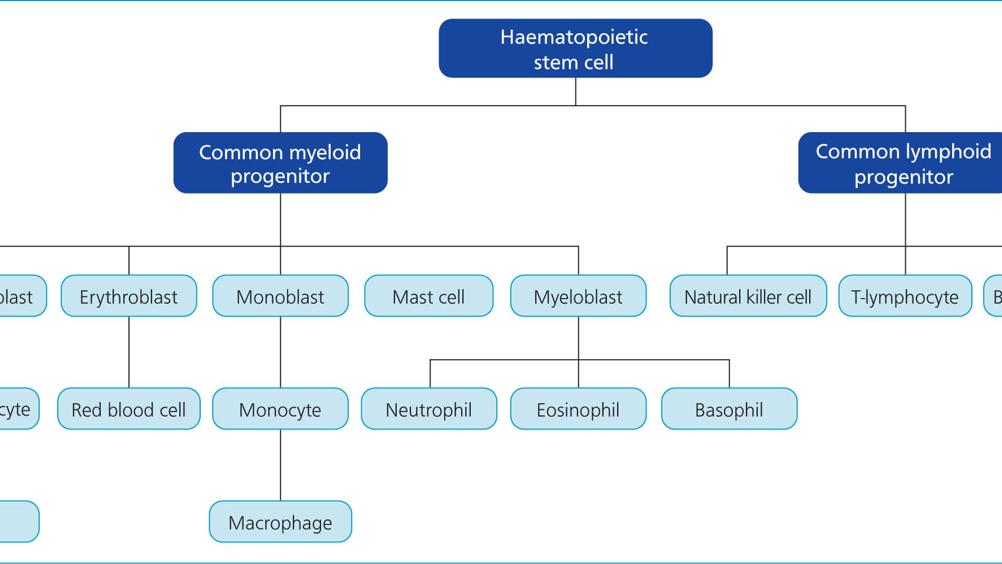References
Feline pancytopenia: a review of causes, investigation and treatment

Abstract
Pancytopenia refers to a decrease in circulating levels of erythrocytes, neutrophils and platelets. These changes typically occur as a result of reduced production within the bone marrow or from peripheral cell destruction. A variety of causes have been reported in the literature, including primary bone marrow disorders, neoplasia, infectious diseases and toxins. When presented with a case of feline pancytopenia, it is important to take a thorough history, including travel history and any recent husbandry changes. Treatment and prognosis are dependent on the underlying cause, with favourable outcomes more commonly reported in cases of toxicity and certain infectious diseases. This article summarises the reported causes of pancytopenia, and provides a structured approach to managing these cases in practice.
An absence or reduction of circulating myeloid cells is known as pancytopenia; this most commonly manifests as anaemia, thrombocytopenia and neutropenia. A combination of two of the aforementioned cytopenias is termed bicytopenia (Nelson and Couto, 2014).
A review of haematopoiesis can aid with understanding these conditions. A simplified flow chart of this process is presented in Figure 1. This article summarises aetiologies, case management and prognoses for feline pancytopenia, using reports within the literature.
Cases of feline pancytopenia reported in the literature typically presented with vague clinical signs, including reduced appetite and lethargy (Stanley and Eatroff, 2017; Lyraki and Wilson, 2020), which may also depend on the underlying cause of the pancytopenia. Reported physical examination findings include pale mucous membranes, weight loss and peripheral lymphadenopathy (Shimoda et al, 2000; Takeuchi et al, 2010). The presence of pyrexia was variable across the published reports (Richter et al, 2014; Lyraki and Wilson, 2020), depending on the underlying disease or if secondary infections were present. Heart murmurs have been reported in 30% of anaemic cats (Korman et al, 2013), and while no specific studies into prevalence of heart murmurs in cases feline pancytopenia were identified in the literature, this may be found on physical examination (Stanley and Eatroff, 2017). Signs attributable to thrombocytopenia may include epistaxis, petechiation and haematuria (Shimoda et al, 2000; Bianco et al, 2008).
Register now to continue reading
Thank you for visiting UK-VET Companion Animal and reading some of our peer-reviewed content for veterinary professionals. To continue reading this article, please register today.

